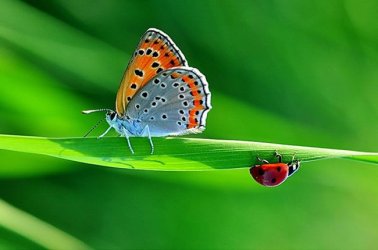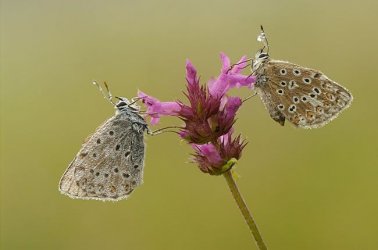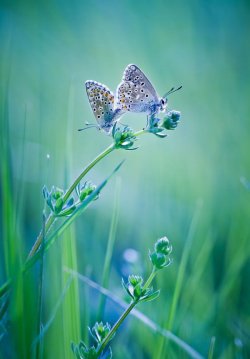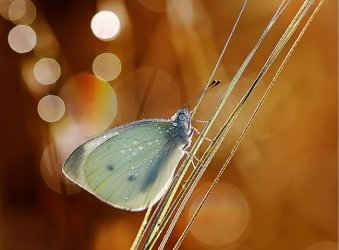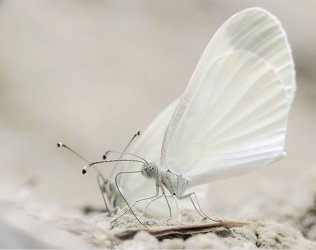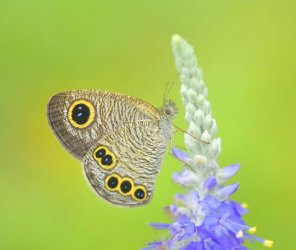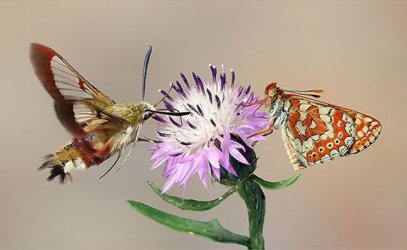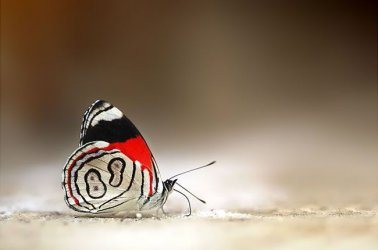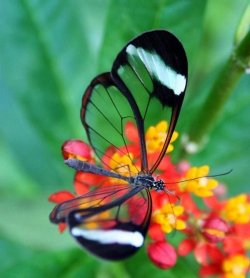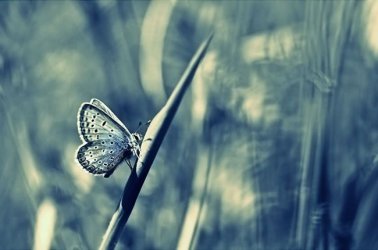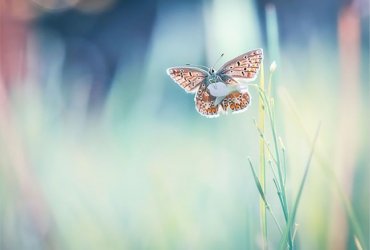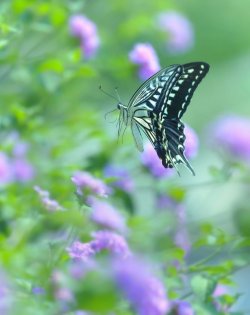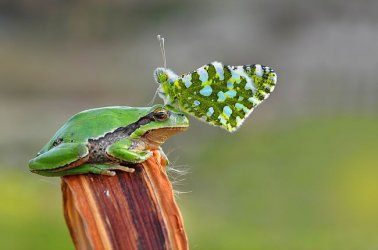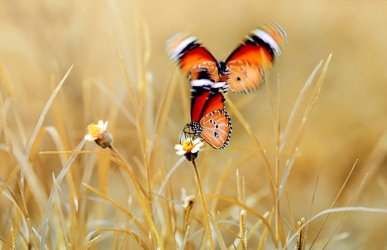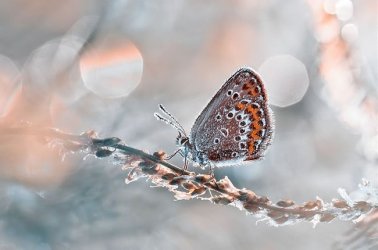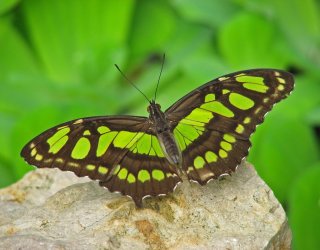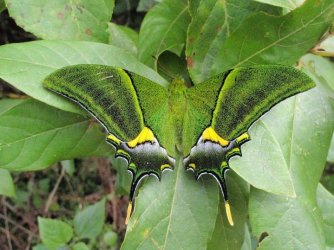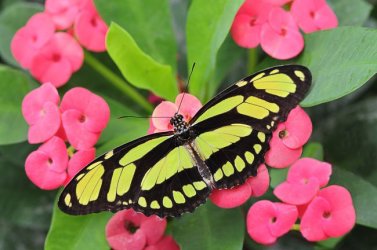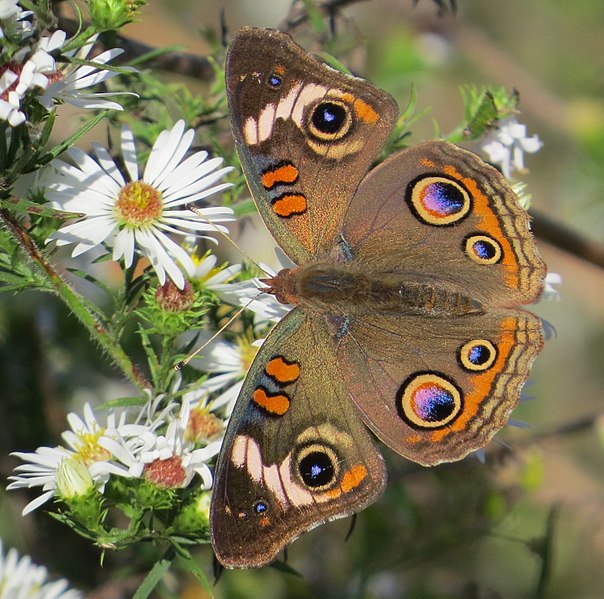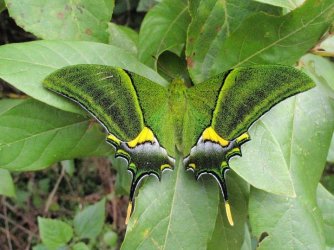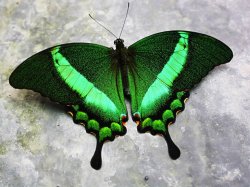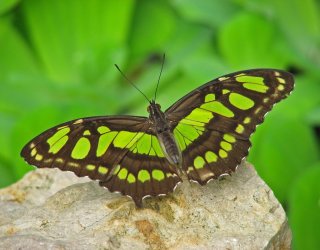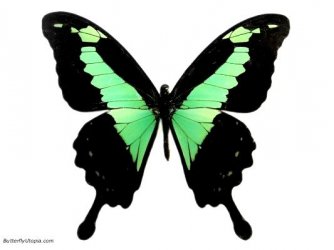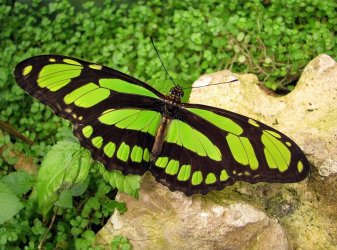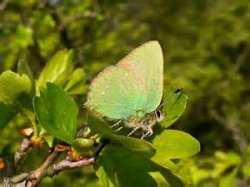Last edited by a moderator:
Navigation
Install the app
How to install the app on iOS
Follow along with the video below to see how to install our site as a web app on your home screen.

Note: This feature currently requires accessing the site using the built-in Safari browser.
More options
You are using an out of date browser. It may not display this or other websites correctly.
You should upgrade or use an alternative browser.
You should upgrade or use an alternative browser.
Lepidoptera Lovers: Butterfly Kisses
- Thread starter freedombecki
- Start date
Okay! I'm done for now!
- Thread starter
- #184
Asaratis, I was trying to get rid of Bing reel at the bottom of my browser, and I erased a whole bunch of stuff. Now I can't see your pictures. 
Do you know what I got rid of that I could bring back?
I'd love to see your contributions, but not one of them is showing up. I just see a little X in a recessed, small black box.
Do you know what I got rid of that I could bring back?

I'd love to see your contributions, but not one of them is showing up. I just see a little X in a recessed, small black box.
Asaratis, I was trying to get rid of Bing reel at the bottom of my browser, and I erased a whole bunch of stuff. Now I can't see your pictures.
Do you know what I got rid of that I could bring back?
I'd love to see your contributions, but not one of them is showing up. I just see a little X in a recessed, small black box.
Do a cold (5 minutes off) reboot of your system, download Mozilla Firefox browser and dump Bing. If that does not resolve the problem, you may have to call an expert. I am not an expert.
Last edited:
- Thread starter
- #186
- Thread starter
- #187
- Thread starter
- #188
It took some doing, but these are some of the most beautiful pictures of butterflies I've ever seen, and their backgrounds are gelled a little to show the butterfly details that I don't see as butterflies flit about the farm fields and roadsides here in the Piney Woods at certain times of the year. *sigh* I wish I knew their names. 
7, 8 and 9:
7, 8 and 9:
Attachments
- Thread starter
- #189
- Thread starter
- #190
- Thread starter
- #191
I've been loving this green butterfly, my inspiration, all through the embroidered butterfly project I've been working on. 
Malachite Butterfly, Siproeta stelenes
- Thread starter
- #192
See?

From my personal archives saved by various Bing! searches every day lately...
1. Sipropoeta stelenes, Malachite Butterfly
2. Teinopalpus imperialis Kaiseri-hind swallowtail
3. Dido Longwing, Philaethria dido
Attachments
Last edited:
- Thread starter
- #193
There are more than 24,000 species, or kinds, of butterflies.
Butterflies are insects and cold blooded. They need the sun to warm them up.
Butterflies smell with their antennae, taste with their feet, and drink with their proboscis.
Different kinds of butterflies survive winter in different ways. Some hibernate as a butterfly, chrysalis, caterpillar, or an egg.
The monarch butterfly flies south to where it is warm. They can fly over 2,000 miles from Canada to Mexico in the fall.
Butterflies can fly up to 30 miles per hour.
They can fly up to 50 miles in a day.
<LI class=style24>Facts from: -Peggy Notebaert Museum -The_Butterfly_Site
This quote is from: Life Cycle of Butterfly Fun Facts
Butterflies are insects and cold blooded. They need the sun to warm them up.
Butterflies smell with their antennae, taste with their feet, and drink with their proboscis.
Different kinds of butterflies survive winter in different ways. Some hibernate as a butterfly, chrysalis, caterpillar, or an egg.
The monarch butterfly flies south to where it is warm. They can fly over 2,000 miles from Canada to Mexico in the fall.
Butterflies can fly up to 30 miles per hour.
They can fly up to 50 miles in a day.
<LI class=style24>Facts from: -Peggy Notebaert Museum -The_Butterfly_Site
This quote is from: Life Cycle of Butterfly Fun Facts
- Thread starter
- #194
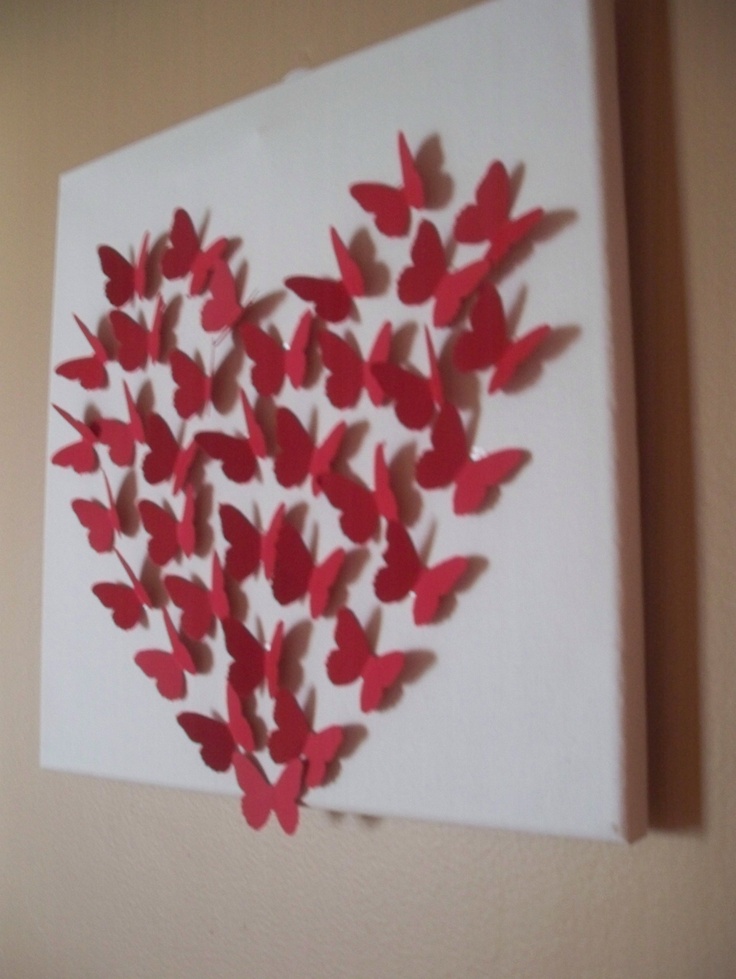
- Thread starter
- #195
Common buckeye, Junonia coenia, was featured on the 2012 Audubon Butterflies Calendar. They didn't print one this year, sadly. 
Anyway, there it was on February 10 & 11, as beautiful as the one on Wikipedia website, which just rocks my socks:
I don't think I've seen one here, but I don't know of anyone growing plantain around here. Will have to see if I can find seeds, because I'm growing everything else. Well, at least, in my hopes at least!
Anyway, there it was on February 10 & 11, as beautiful as the one on Wikipedia website, which just rocks my socks:
The common buckeye or simply, buckeye, (Junonia coenia) is a butterfly in the family Nymphalidae. It is found in southern Manitoba, Ontario, Quebec, and Nova Scotia and all parts of the United States except the northwest, and is especially common in the south, the California coast, and throughout Central America and Colombia. The sub-species Junonia coenia bergi is endemic to the island of Bermuda.
Its habitat is open areas with low vegetation and some bare ground. This species and its relatives were placed formerly in the genus Precis.
.
Description
The bold pattern of eyespots and white bars on the upper wing surface is distinctive in much of its range, though compare related species in the same genus. These are mangrove buckeye (Junonia evarete) and tropical buckeye (Junonia genoveva), formerly considered one species, and the smoky buckeye (Junonia evarete). The eyespots likely serve to startle or distract predators, especially young birds. The species has many flights throughout the year, with mostly northward migrations for the summer. Much of the northern United States is only colonized in the fall from southern populations. Some of the later broods move southwards in the fall. Common buckeyes exhibit seasonal polyphenism, the summer version of the butterfly has light yellowish ventral wings and is called "linea". The fall morph has pink ventral wings, and is called the "rosa" morph.
Diet
Adults feed on nectar and also take fluids from mud and damp sand. Males perch on bare ground or low plants, occasionally patrolling in search of females, but they are not territorial. The female lays eggs singly on buds or the upper side of leaves. The caterpillars are solitary and feed on the foliage, flowers, and fruits of the host plant. A variety of (typically) herbaceous plants are used, including especially plants in the snapdragon family (Scrophulariaceae). These include snapdragon (Antirrhinum), toadflax (Linaria), and Gerardia. Caterpillars also feed on plants of the plantain family, such as Plantago; and the Acanthus family including ruellia (Ruellia nodiflora). Larvae feed singly. Adults and some larvae overwinter in southern areas. The pupa may not have a resting phase (diapause), as in many other butterflies.
The common buckeye was featured on the 2006 USPS 24-cent postage stamp.
I don't think I've seen one here, but I don't know of anyone growing plantain around here. Will have to see if I can find seeds, because I'm growing everything else. Well, at least, in my hopes at least!

- Thread starter
- #196
Found or refound a site dedicated to Butterflies, "The Butterfly Site."
They printed some interesting add-ons to "Fun Butterfly Facts," and here they are:
Fun Butterfly Facts:
We have gathered some strange butterfly facts to share with you. Amaze your friends! Enjoy!
1. Malachite Butterfly or Siproeta stelenes
2. Green-banded Swallowtail Butterfly or Papilio palinurus
3. Kaiser-I-Hind (translation: Emperor of India) or Teinopalpus imperialis
They printed some interesting add-ons to "Fun Butterfly Facts," and here they are:
Fun Butterfly Facts:
We have gathered some strange butterfly facts to share with you. Amaze your friends! Enjoy!
- Butterflies range in size from a tiny 1/8 inch to a huge almost 12 inches.
- Butterflies can see red, green, and yellow.
- Some people say that when the black bands on the Woolybear caterpillar are wide, a cold winter is coming.
- The top butterfly flight speed is 12 miles per hour. Some moths can fly 25 miles per hour!
- Monarch butterflies journey from the Great Lakes to the Gulf of Mexico, a distance of about 2,000 miles, and return to the north again in the spring.
- Butterflies cannot fly if their body temperature is less than 86 degrees.
- Representations of butterflies are seen in Egyptian frescoes at Thebes, which are 3,500 years old.
- Antarctica is the only continent on which no Lepidoptera have been found.
- There are about 24,000 species of butterflies. The moths are even more numerous: about 140,000 species of them were counted all over the world.
- The Brimstone butterfly (Gonepterix rhamni) has the longest lifetime of the adult butterflies: 9-10 months.
- Some Case Moth caterpillars (Psychidae) build a case around themselves that they always carry with them. It is made of silk and pieces of plants or soil.
- The caterpillars of some Snout Moths (Pyralididae) live in or on water-plants.
- The females of some moth species lack wings, all they can do to move is crawl.
- The Morgan's Sphinx Moth from Madagascar has a proboscis (tube mouth) that is 12 to 14 inches long to get the nectar from the bottom of a 12 inch deep orchid discovered by Charles Darwin.
- Some moths never eat anything as adults because they don't have mouths. They must live on the energy they stored as caterpillars.
- Many butterflies can taste with their feet to find out whether the leaf they sit on is good to lay eggs on to be their caterpillars' food or not.
- There are more types of insects in one tropical rain forest tree than there are in the entire state of Vermont.
- In 1958 Entomologist W.G. Bruce published a list of Arthropod references in the Bible. The most frequently named bugs from the Bible are: Locust: 24, Moth: 11, Grasshopper: 10, Scorpion: 10, Caterpillar: 9, and Bee: 4.
- People eat insects called "Entomophagy"(people eating bugs) it has been practiced for centuries throughout Africa, Australia, Asia, the Middle East, and North, Central and South America. Why? Because many bugs are both protein-rich and good sources of vitamins, minerals and fats.
- YOU can eat bugs! Try the "Eat-A-Bug Cookbook" by David George Gordon , 10 Speed Press. Dont want to cook them yourself? Go to HotLix for all sorts of insect goodies! My favorites are "Cricket-lickits" a flavored sucker with a real edible cricket inside.
- Many insects can carry 50 times their own body weight. This would be like an adult person lifting two heavy cars full of people.
- There are over a million described species of insects. Some people estimate there are actually between 15 and 30 million species.
- Most insects are beneficial to people because they eat other insects, pollinate crops, are food for other animals, make products we use (like honey and silk) or have medical uses.
- Butterflies and insects have their skeletons on the outside of their bodies, called the exoskeleton. This protects the insect and keeps water inside their bodies so they dont dry out.
1. Malachite Butterfly or Siproeta stelenes
2. Green-banded Swallowtail Butterfly or Papilio palinurus
3. Kaiser-I-Hind (translation: Emperor of India) or Teinopalpus imperialis
Attachments
- Thread starter
- #197
Some more green butterflies:
1. Green Congo Swallowtail, Papilio phorcas congoanus
2. Bamboo Page (Dido Longwing), Philaethria-dido
3. Green Hairstreak Butterfly, Callophrys rubi
1. Green Congo Swallowtail, Papilio phorcas congoanus
2. Bamboo Page (Dido Longwing), Philaethria-dido
3. Green Hairstreak Butterfly, Callophrys rubi
Attachments
I'm feeling patriotic today! /whistling "You're a Grand Old Flag..."



Last edited:
Crixus
Gold Member
Not a butterfly, I guess it’s a moth. Still cool looking though.

Crixus
Gold Member
Any idea what type it is?
Similar threads
Latest Discussions
- Replies
- 51
- Views
- 382
- Replies
- 12
- Views
- 58
Forum List
-
-
-
-
-
Political Satire 8051
-
-
-
-
-
-
-
-
-
-
-
-
-
-
-
-
-
-
-
ObamaCare 781
-
-
-
-
-
-
-
-
-
-
-
Member Usernotes 469
-
-
-
-
-
-
-
-
-
-

